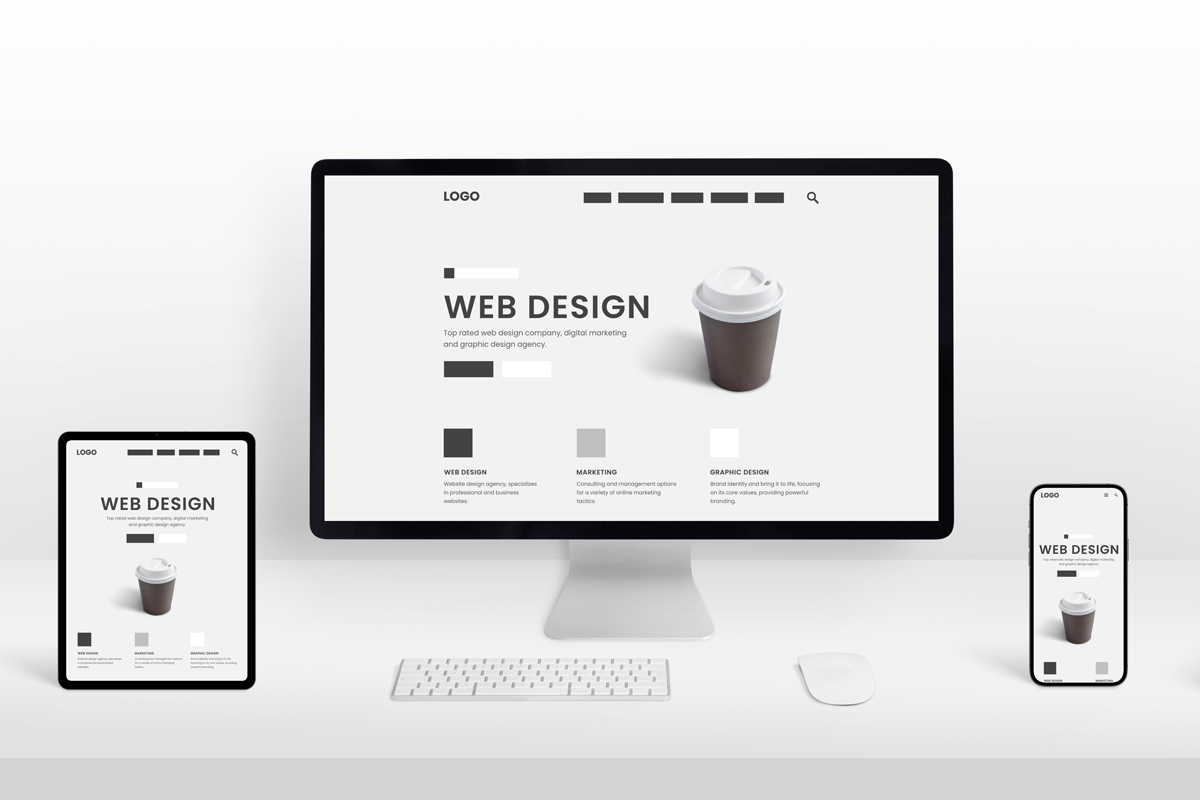CGKY News Hub
Your go-to source for the latest insights and trends.
Less Is More: The Allure of Minimalist Web Design
Discover the beauty of minimalist web design and learn why less truly is more for stunning, user-friendly websites!
The Principles of Minimalist Web Design: A Comprehensive Guide
Minimalist web design is grounded in the principle of simplicity, aiming to create a user experience that is both intuitive and visually engaging. By stripping away unnecessary elements, minimalist designs focus on what truly matters: the content. A clean layout combined with ample white space not only enhances readability but also directs users' attention to key actions or information, ultimately improving navigation. This approach also encourages the use of strong typography and a cohesive color palette that resonates with the brand's identity, creating a harmonious experience that feels uncluttered.
To implement effective minimalist web design, consider prioritizing functionality over extravagance. This includes using fewer but more meaningful elements, whether that’s through graphic choices or interactive features. For instance, employing a grid layout can help structure content, while clear call-to-action buttons should stand out without overwhelming the user. Additionally, responsive design is crucial; ensuring that your minimalist site looks great on all devices will facilitate a seamless experience, keeping users engaged. By adhering to these principles, you can craft a website that not only meets aesthetic trends but also enhances overall performance.

Why Less is More: The Psychological Impact of Minimalism on User Experience
The concept of minimalism has gained traction not only in design but also in the broader context of user experience (UX). This philosophy advocates for simplicity and the elimination of unnecessary elements, allowing users to focus on what truly matters. When users encounter a minimalist design, they are less likely to feel overwhelmed, leading to a more intuitive navigation process. By removing distractions, minimalism enhances cognitive ease, allowing users to engage with content without mental clutter. This streamlined approach can significantly reduce bounce rates and increase interaction time, demonstrating that, in many cases, less is more.
Moreover, the psychological impact of minimalism can foster a sense of calm and clarity. Users often associate minimalist designs with sophistication, trust, and professionalism, which can enhance their overall perception of a brand or product. By prioritizing essential elements and creating a balanced and aesthetically pleasing interface, designers can invoke positive emotional responses. Ultimately, embracing the principle of less is more can not only improve user satisfaction but also lead to greater loyalty and a deeper connection with the audience. In today's fast-paced world, a minimalist approach resonates with users seeking simplicity and efficiency.
Is Minimalist Web Design Right for Your Brand? Key Considerations
Minimalist web design has gained popularity in recent years, but is it right for your brand? Minimalist web design emphasizes simplicity, focusing on essential elements while eliminating unnecessary distractions. This approach not only enhances user experience but can also improve site performance. Before making the transition, consider your brand identity and target audience. If your brand conveys a modern and clean aesthetic, minimalist design could align perfectly with your goals. However, if your brand relies on visual richness to express its identity, this style may not be the best fit.
Another key consideration is the type of content you present. Brands that prioritize storytelling or rich imagery may find that minimalist web design constricts their message. On the other hand, businesses that offer straightforward products or services can benefit from this design approach by providing a distraction-free environment that allows users to focus on essential information. Ultimately, assess your brand's values and objectives, and choose a design that will best communicate your vision to your audience.